In the ever-evolving landscape of interior design, the year 2024 brings forth exciting trends and possibilities. As our homes become extensions of our personalities, the significance of thoughtful interior design cannot be overstated. This article delves into the realm of aesthetics and functionality, uncovering the 20 common mistakes one should avoid when crafting a living space.
From the subtle nuances of color cohesion to the often-overlooked impact of lighting and the balance between trendiness and timeless design, each section provides valuable insights. Join us on a journey to enhance your understanding of interior design pitfalls and discover practical solutions.
Embrace creativity, find your style, and transform your living spaces into harmonious, visually stunning reflections of your personality. Let’s navigate the intricate world of interior design together, ensuring that your home not only keeps up with the times but becomes a timeless sanctuary of comfort and beauty.
The first common interior design mistake, “Lack of Cohesion in Color Palette,” often transforms living spaces into visual chaos.
A harmonious color scheme is the cornerstone of successful design, yet many fall prey to the allure of disparate hues. The consequence is a disjointed and unsettling atmosphere that fails to evoke the intended emotions.This section will unravel the importance of a cohesive color palette, guiding readers through the intricacies of selecting and combining colors effectively.
By understanding and avoiding this prevalent mistake, readers can embark on a journey to create spaces that not only please the eye but also establish a sense of unity and balance, elevating the overall aesthetic of their interiors.
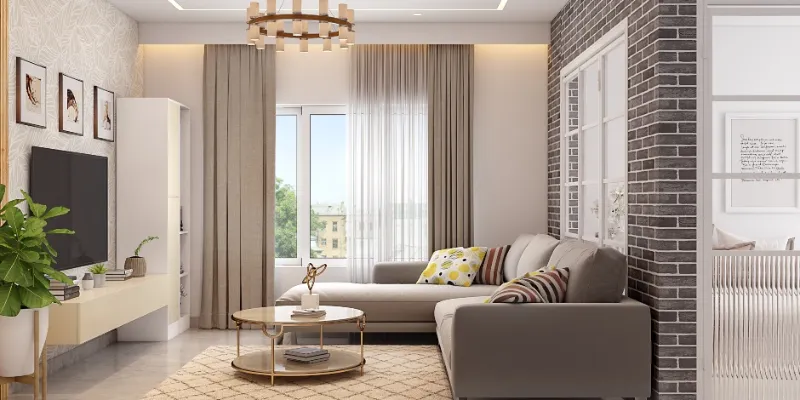
2. Inadequate Furniture Placement
The second misstep, “Inadequate Furniture Placement,” can disrupt the harmony of any interior. Furniture is not merely functional but a crucial design element that influences the flow and aesthetics of a space.
Incorrect placement not only hampers the visual appeal but also impedes functionality. This segment explores the profound impact of strategic furniture arrangement on the overall design, shedding light on common errors to avoid.
By recognizing and rectifying inadequate furniture placement, readers can transform their living areas into well-balanced, inviting spaces that seamlessly marry form and function.
3. Neglecting Lighting Design
“Neglecting Lighting Design,” the third common interior design mistake, casts shadows on the potential of any space.
Lighting is a silent but powerful contributor to ambiance and functionality. Overlooking its significance can lead to dull, uninspiring environments or, conversely, harsh and uncomfortable ones.This section emphasizes the pivotal role of lighting in design, unraveling common errors in choices and placements.
From the strategic positioning of fixtures to the selection of appropriate lighting types, readers will gain insights into enhancing the visual appeal and practicality of their spaces. By addressing this mistake, one can illuminate not just the rooms but also the overall success of the design endeavor.
You May Like it: Interior Lighting Design: Know All the Ins and Outs in 2024
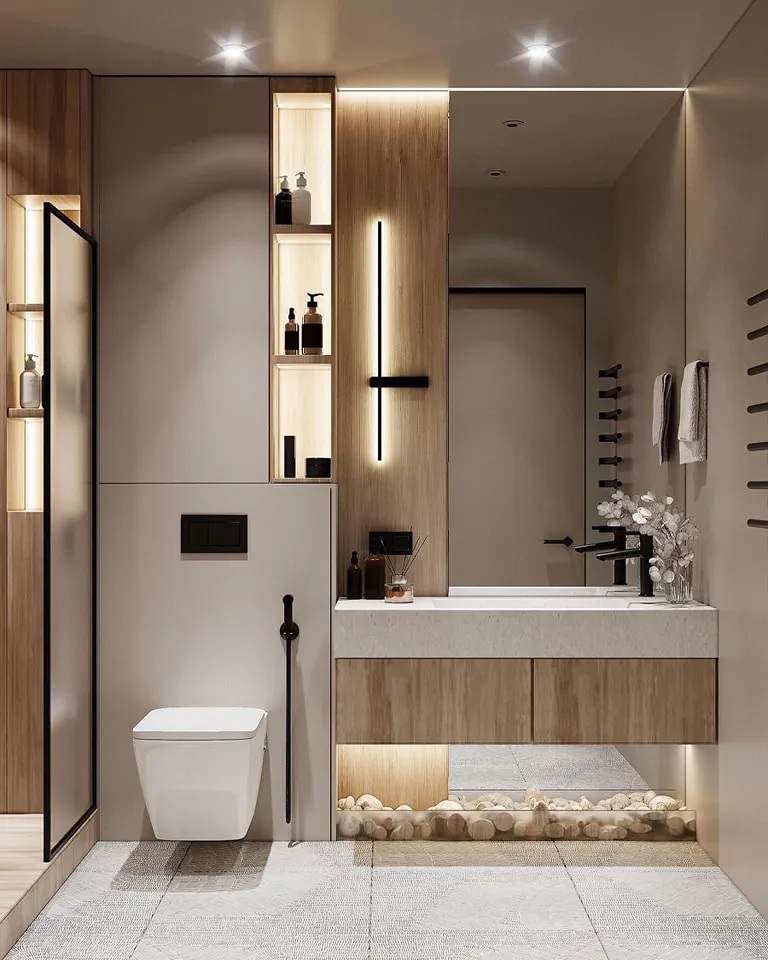
4. Overspending on Trendy Items
The fourth misstep, “Overspending on Trendy Items,” unveils a common financial pitfall in interior design.
The allure of fashionable decor can lead to overspending on items with a fleeting appeal. This section navigates the delicate balance between staying on-trend and maintaining a budget-friendly approach. By highlighting the transience of trends and suggesting alternatives, readers can make informed choices. Steering clear of this mistake ensures not only a stylish interior but also a financially prudent one.
Embracing timeless elements and selectively incorporating trends allows for a dynamic, cost-effective, and enduring design that withstands the test of time.
5. Ignoring the Importance of Scale
In design, scale is paramount, influencing the harmony of a space. Proportionate furnishings enhance visual balance. Yet, selecting items of inappropriate sizes can disrupt this equilibrium, creating a jarring effect.
It’s crucial to grasp the scale of each element and how they interact within the entire design. Mistakes in this area often stem from underestimating the impact a piece can have on the overall aesthetic.
To achieve a cohesive and visually pleasing design, careful consideration of scale is imperative, ensuring that every component contributes harmoniously to the overall composition.
6. Neglecting Personalization
Personal touches inject soul into a space, transforming it into a reflection of individuality. Neglecting this aspect results in sterile, impersonal environments. Incorporating personal elements, whether through cherished items or unique decor, fosters a sense of connection and belonging.

However, it’s essential to strike a balance; excessive personalization can lead to clutter and chaos. Avoiding this mistake involves thoughtful curation and strategic placement, ensuring the space remains inviting and curated.
By recognizing the significance of personalization, one can infuse character into interiors, making them not just aesthetically pleasing but also emotionally resonant.
7. Disregarding Storage Solutions
Clutter disrupts the visual harmony of a space, and effective storage solutions play a pivotal role in maintaining order. Disregarding this aspect often leads to an accumulation of items without designated spaces, resulting in chaos.
Innovative storage solutions, such as multifunctional furniture and concealed storage, offer practicality without compromising aesthetics. Overlooking this crucial element not only impacts the overall design but also hampers functionality.
Embracing smart storage solutions allows for a seamless integration of practicality and style, ensuring that every item has its place, contributing to an organized and visually pleasing interior.
8. Overlooking the Power of Mirrors
Mirrors are versatile design elements that can significantly impact the perception of space and light. Overlooking their potential leads to missed opportunities in enhancing the overall aesthetic. Mirrors can create the illusion of larger spaces, amplify natural light, and add a touch of sophistication.
Common mistakes include improper placement or neglecting mirrors altogether. Understanding the transformative power of mirrors and strategically incorporating them into the design contributes to a visually expansive and well-lit environment.
By recognizing and harnessing the potential of mirrors, one can elevate the overall design, creating a space that feels open, bright, and thoughtfully curated.
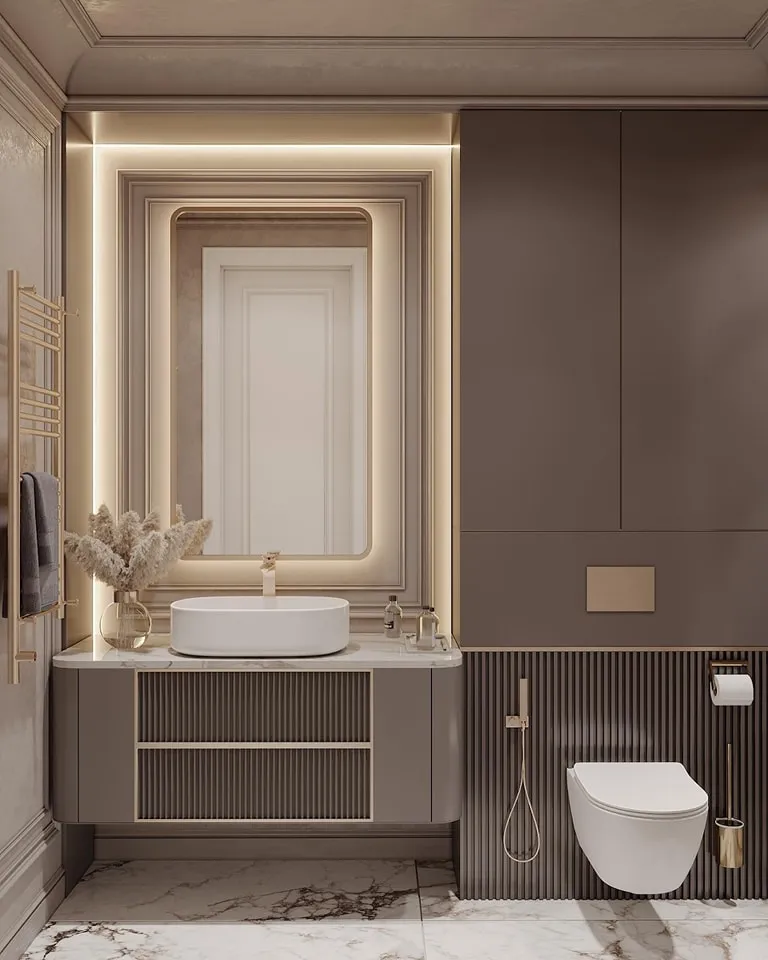
9. Inconsistent Design Style
A cohesive design style forms the backbone of an aesthetically pleasing interior. However, inconsistency in style choices can result in a visually confusing and disjointed space.
Mixing various design styles without a unifying theme often leads to clashes rather than harmony.It’s crucial to establish a consistent design language that permeates throughout the space, from furniture choices to color palettes. Avoiding this mistake involves a thoughtful approach to style selection, ensuring that every element contributes to a unified and cohesive aesthetic.
By embracing a consistent design style, one can create a visually stunning and harmonious environment that reflects a well-thought-out and intentional approach to interior design.
10. Disregarding Functionality for Aesthetics
While aesthetics are paramount in interior design, prioritizing them at the expense of functionality leads to impractical spaces. Disregarding the practical aspects of daily living can result in beautiful yet inconvenient interiors.
Striking a balance between aesthetics and functionality is crucial for creating spaces that are not only visually appealing but also practical and user-friendly. Common mistakes include choosing impractical furniture or sacrificing storage for visual appeal.
Avoiding this pitfall involves thoughtful consideration of how each design choice impacts usability. By prioritizing both aesthetics and functionality, one can achieve a harmonious blend that enhances the overall quality of the living space.
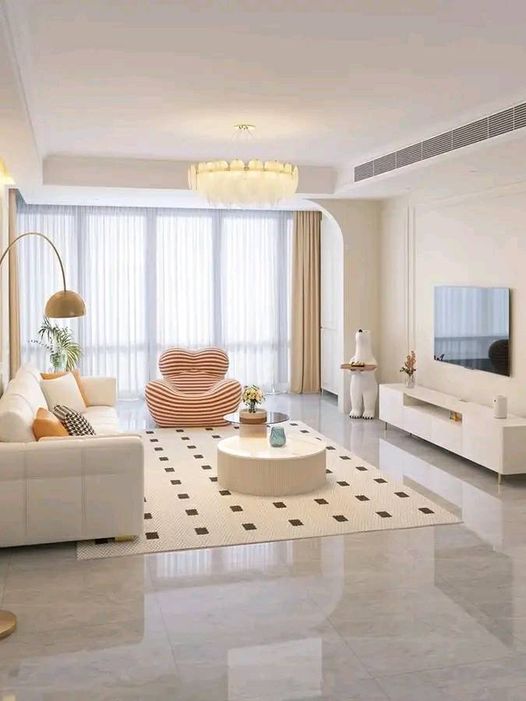
11. Underestimating the Impact of Textures
Textures play a pivotal role in creating depth and visual interest within a space. Underestimating their impact can result in a flat and uninspiring environment.
Incorporating a variety of textures adds layers to the design, stimulating both visual and tactile senses.
Common mistakes include neglecting texture altogether or overdoing it, creating a chaotic and overwhelming effect. Recognizing the importance of textures involves a thoughtful selection of materials and surfaces that complement each other.
By understanding how textures contribute to the overall ambiance, one can create a visually rich and inviting interior that engages the senses and adds dimension to the design.
You may like it : Exploring the Beauty of Black and White Interior Design
12. Lack of Greenery and Natural Elements
Incorporating greenery and natural elements into interior design brings numerous benefits. Plants not only enhance aesthetic appeal but also contribute to improved air quality and well-being.
Common mistakes in this regard include choosing high-maintenance plants, neglecting proper lighting conditions, or overcrowding spaces. Striking a balance by selecting low-maintenance plants suitable for indoor environments and considering the layout and lighting can elevate the overall design.
Integrating nature into interior spaces promotes a harmonious and refreshing atmosphere, making it crucial to avoid common pitfalls for a seamless blend of the indoors and outdoors.
You may like it: Discover Organic Modern Interior Design
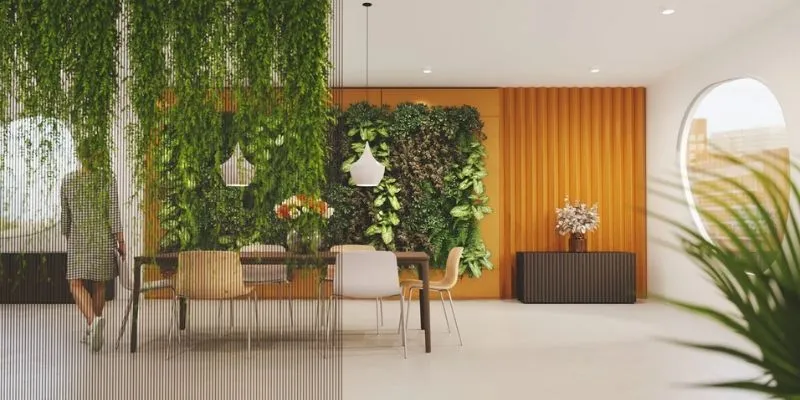
13. Ignoring the Flow of Spaces
The flow between spaces is a fundamental aspect of interior design that greatly influences the overall ambiance. Mistakes such as obstructing natural pathways, ignoring transitions between rooms, or overcrowding areas can disrupt this flow.
To ensure a cohesive design, it’s essential to prioritize spatial continuity and consider how occupants will navigate through different areas. Strategic placement of furniture, maintaining open pathways, and preserving a sense of unity in design elements contribute to a seamless flow.
By avoiding common pitfalls related to spatial arrangement, one can create an environment that feels interconnected, spacious, and inviting.
14. Neglecting the Ceiling Design
Often referred to as the fifth wall, ceilings play a significant role in shaping the visual appeal of a space.
Neglecting the ceiling design can result in missed opportunities for added sophistication and character.Common errors include leaving ceilings plain, using inappropriate colors, or overlooking architectural features. Enhancing the ceiling with creative design elements, such as molding, beams, or unique paint treatments, can elevate the entire room.
By paying attention to the often-overlooked overhead space, one can create a more immersive and aesthetically pleasing environment, avoiding the pitfalls associated with a lack of consideration for ceiling design.
You may like it: different kinds of false ceilings
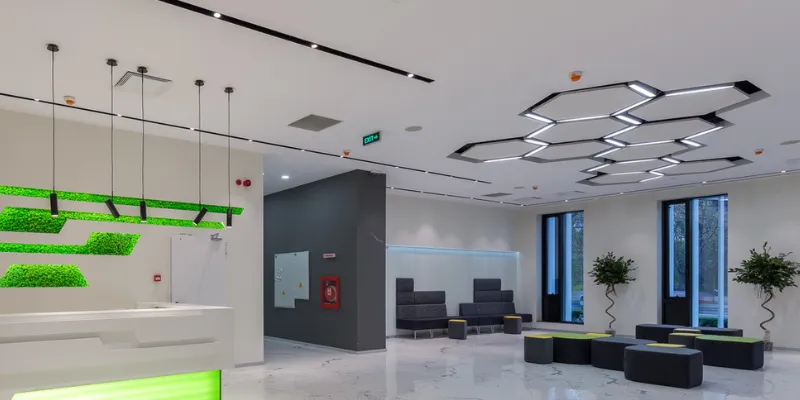
15. Inappropriate Artwork Placement
Artwork contributes to the personality of a space, but improper placement can diminish its impact. Common mistakes involve hanging art too high or low, choosing the wrong scale, or cluttering walls. Optimal artwork placement considers eye level, balance, and the room’s focal points.
By strategically positioning artwork, one can enhance visual interest and complement the overall design theme.
Avoiding pitfalls associated with inappropriate placement ensures that artwork becomes an integral part of the interior, harmonizing with the surrounding elements and creating a cohesive and visually appealing atmosphere.
16. Overlooking the Importance of Rugs
Rugs are versatile design elements that can tie a room together, but overlooking their significance can result in missed opportunities.
Common mistakes include selecting the wrong size, style, or neglecting the layering effect. Choosing appropriately sized rugs that define specific areas, coordinating patterns with the overall theme, and experimenting with layering techniques can transform a space.
By avoiding the pitfalls related to rug selection, one can introduce warmth, texture, and visual interest into the design. Recognizing the importance of rugs as foundational elements contributes to a well-balanced and aesthetically pleasing interior.

17. Clashing Patterns and Textiles
Mastering the art of mixing patterns is crucial for a cohesive and visually appealing interior design. Common mistakes involve overwhelming spaces with conflicting patterns or neglecting variety altogether.
Achieving a harmonious balance requires considering scale, color coordination, and texture. By incorporating patterns thoughtfully through textiles such as curtains, pillows, and upholstery, one can add depth and interest without creating visual chaos. Avoiding pitfalls related to clashing patterns ensures a sophisticated and balanced design, where each element complements the others.
Careful selection and coordination of textiles contribute to a visually stimulating yet harmonious aesthetic within the interior.
18. Ignoring the Impact of Smell
The olfactory sense is a powerful yet often neglected aspect of interior design. Overlooking the impact of smell can diminish the overall sensory experience of a space.
Common mistakes include neglecting proper ventilation, using overpowering scents, or disregarding unpleasant odors. Intentionally incorporating pleasant scents through candles, diffusers, or natural elements contributes to a more inviting and memorable atmosphere.
By avoiding pitfalls related to smell, one can create a well-rounded sensory experience that enhances the overall ambiance of the space.
Recognizing and addressing the olfactory aspects of design ensures a more immersive and enjoyable environment.
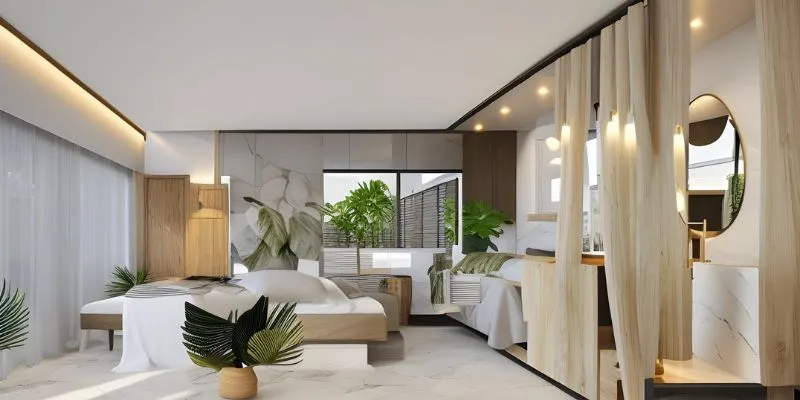
19. Not Considering Future Trends
Future-proofing design choices is essential to ensure longevity and relevance. Neglecting future trends can result in a quickly outdated interior.
Common errors include blindly following short-lived fads or overlooking emerging design concepts. Anticipating future trends and incorporating timeless elements provide a balance that withstands evolving styles. By staying informed about the direction of interior design, one can make informed choices that stand the test of time.
Avoiding pitfalls associated with neglecting future trends ensures a design that remains fresh and appealing for years to come, creating a space that adapts to changing preferences and maintains its visual allure.
Conclusion
Summarizing the key interior design mistakes underscores the importance of mindful choices in creating functional and aesthetically pleasing spaces. Embracing creativity while avoiding common pitfalls allows individuals to tailor their environments to personal preferences.
The journey through these potential pitfalls serves as a guide, encouraging a balance between design principles and individual expression.
Ultimately, a thoughtful approach to interior design ensures that living spaces not only look visually appealing but also enhance the quality of life for those who inhabit them.

